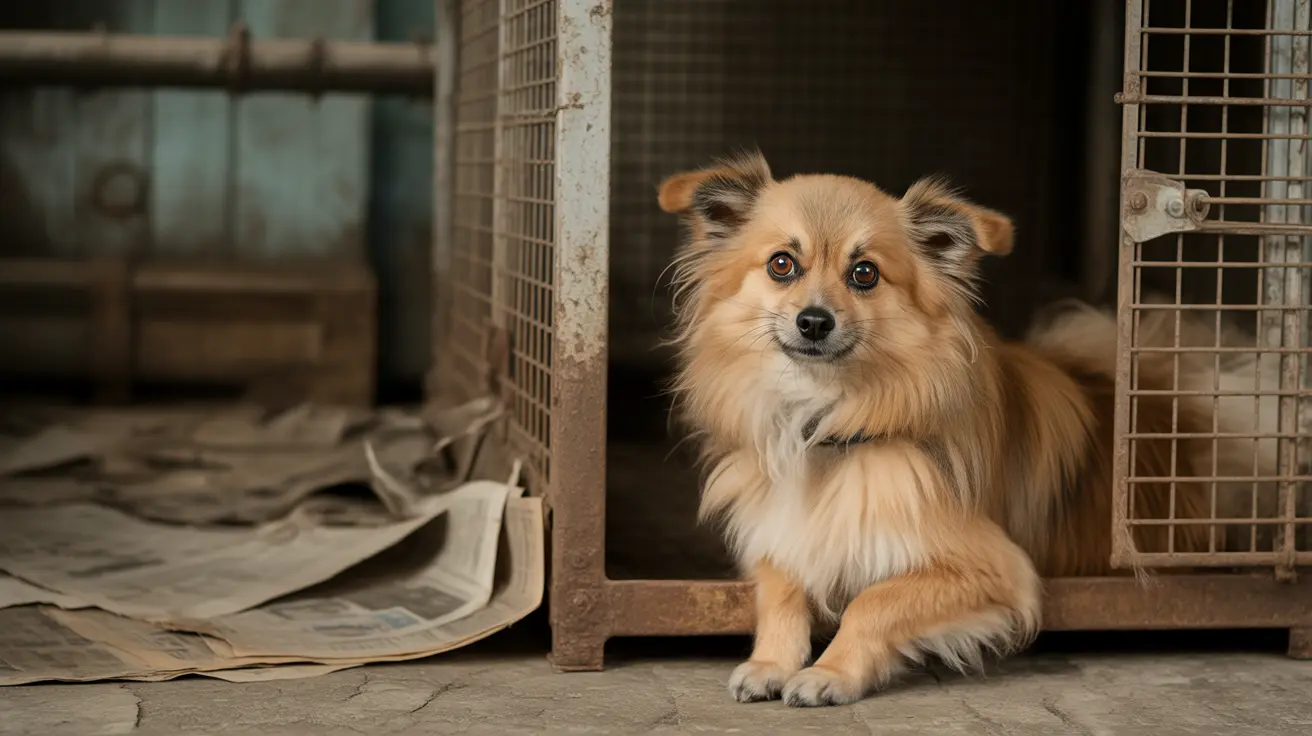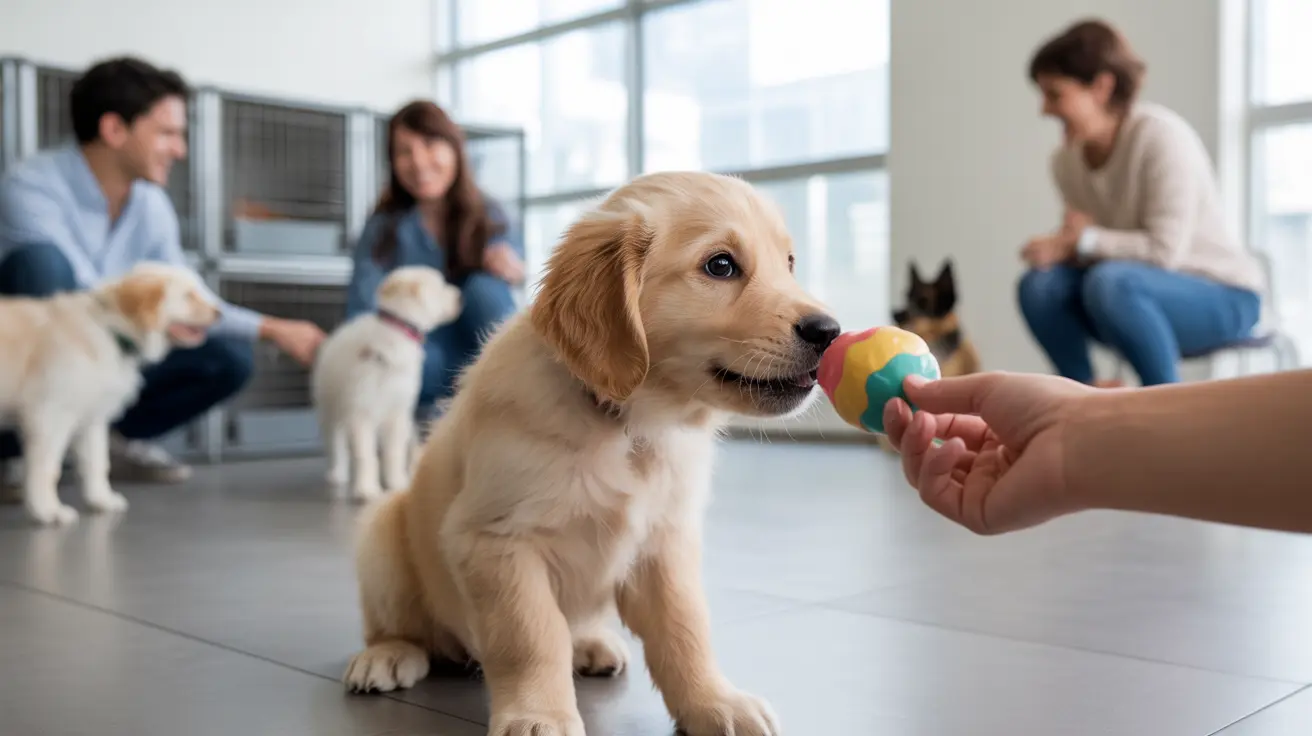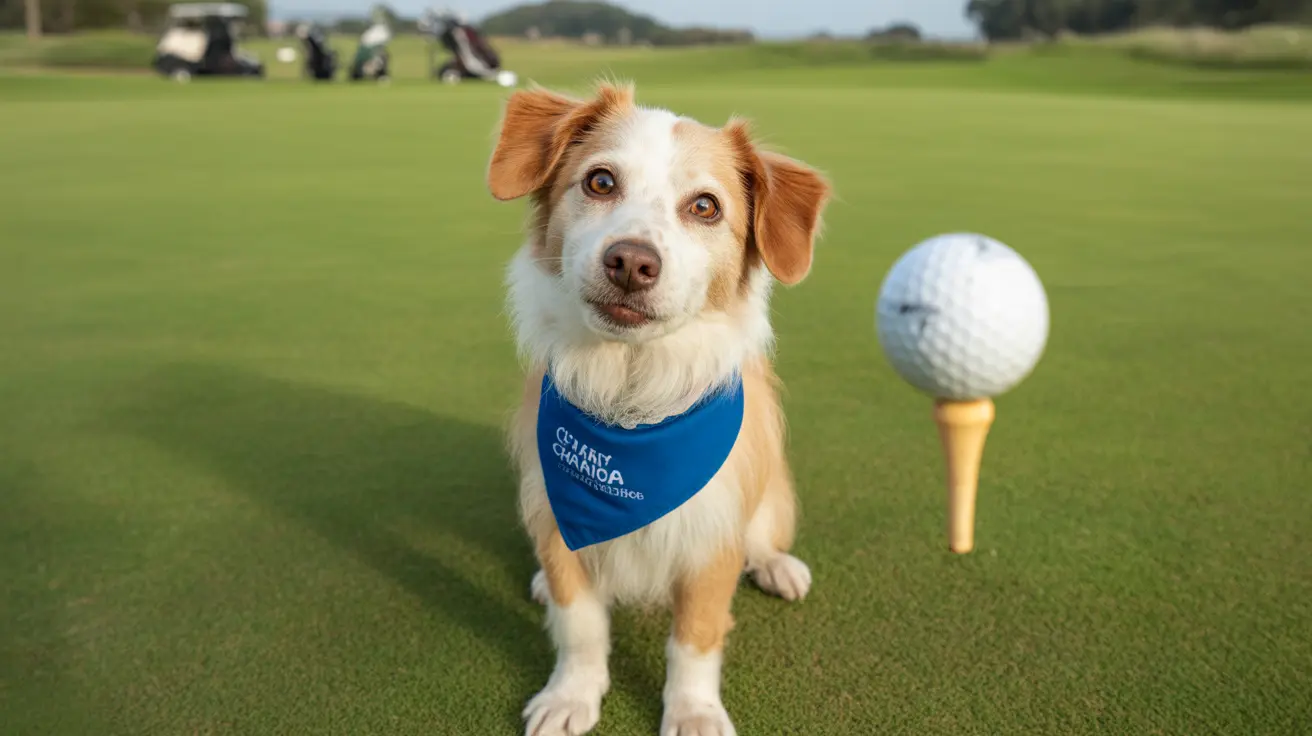How to Give Your Dog Eye Drops: A Practical Guide
Administering eye drops to your dog can feel intimidating at first, especially if your pup is wiggly or nervous. But with patience and the right approach, you can make the process smoother for both of you. Whether your veterinarian prescribed drops for allergies, infections, glaucoma, or another condition, following these steps ensures your dog's eyes get the care they need.
Why Dogs Need Eye Drops
Dogs may require eye drops for several reasons:
- Allergies: Dogs can react to pollen, dust, mold, fleas, or certain foods. Symptoms often include redness, squinting, watery discharge, swelling around the eyes, pawing at their face, and sensitivity to light. Eye drops help soothe these symptoms.
- Infections: Bacterial, fungal, or parasitic infections (sometimes from injuries or tear duct issues) can cause redness, itching, swelling of eyelids, increased blinking, and discharge. Antibiotic drops are commonly used.
- Glaucoma: This painful condition results from high pressure inside the eye. Signs include cloudy or blue-tinged eyes, runny discharge, bulging appearance, uneven pupils, and sometimes vision loss. While not curable in dogs, medicated drops help manage it.
- Conjunctivitis: Inflammation of the conjunctiva (the tissue lining the eyelids) leads to red or swollen tissue and clear or green discharge. Drops reduce inflammation and treat infection.
- Corneal Ulcers & Dry Eye: Breeds like Pugs and Shih Tzus are prone to corneal injuries and dry eye (keratoconjunctivitis sicca), requiring ongoing medication.
Types of Eye Drops for Dogs
- Saline Eyewash: For gentle cleaning—removes dirt or mucus but doesn't treat underlying conditions.
- Steroid Drops: Used for severe allergies or certain infections (never use if there's corneal damage).
- Glaucoma Drops: Contain ingredients like timolol or dorzolamide to lower eye pressure.
- Antibiotic Drops: Treat bacterial infections such as conjunctivitis.
- Immune-Modulating Drops: Medications like cyclosporine increase tear production in dry eye cases.
The Step-by-Step Process
- Wash your hands. Always start with clean hands before handling any medication.
- Prepare everything in advance. Gather all medications and keep each cap with its correct bottle. Replace caps immediately after use to avoid contamination.
- Select a calm location. Choose a quiet room; small dogs may be easier on a table with a non-slip mat while larger dogs can stay on the floor.
- Gently restrain your dog. Stay calm—your dog will sense your mood! You might wrap your pet in a towel with just its head exposed for gentle restraint if needed.
- Tilt your dog's head upward. Support under the chin so their nose points toward the ceiling. Stand behind or beside them without crowding their face.
- Hold the bottle correctly. Use your dominant hand to hold the medication bottle between thumb and index finger; rest this hand on top of your dog's head for stability.
- Create an eyelid pouch. With your other hand, gently pull down the lower eyelid (or lift upper lid) to form a pocket for the drops.
- Squeeze in the prescribed number of drops. Bring the bottle close (but don't touch fur or skin) and squeeze directly into the pouch or onto the surface of the eye.
- Release and let blink. Let go of your dog's head so they can blink naturally—the drop will spread across their eye without extra help from you.
- Praise and reward! Offer treats or comforting words right away to help make future applications easier.
Troubleshooting & Extra Tips
- If your dog squirms too much or gets anxious easily, ask someone to help gently hold them during application.
- If you accidentally touch their eye with the bottle tip, wipe it clean with a fresh cloth and check with your vet about further cleaning instructions if needed.
- If you miss getting a drop in—or skip an application—just try again rather than doubling up next time; never overmedicate.
- If redness or swelling worsens after giving drops (or you see excessive tearing/discomfort), contact your vet promptly.
- Avoid using human medications unless specifically told by your vet—they may not be safe for dogs' eyes!
Makeshift Training: Helping Your Dog Adjust
If this is new territory for both of you—or if you've got an especially sensitive pup—take time to desensitize them:
- Praise and reward every time you touch near their face/eyelids without giving medication yet. Gradually introduce holding their head still as part of playtime routines.
- Pretend practice: Hold an empty bottle near their face while offering treats so they associate it with good things.
- If they resist strongly at any step—pause! Try again later instead of forcing it all at once.
- Your vet's instructions on dosing/frequency always come first; follow them closely for best results.
If Your Dog Needs Ointment Instead...
The process is similar but requires extra care:- Aim ointment tube away from their eye until you're ready; sudden movements could poke them.
- Squeeze a thin strip along inner surface of lower lid after pulling it down.
- You can gently close their eyelid (or massage it closed) so ointment spreads evenly across surface.
- Your dog may have blurry vision briefly—keep them supervised until it's clear again.





